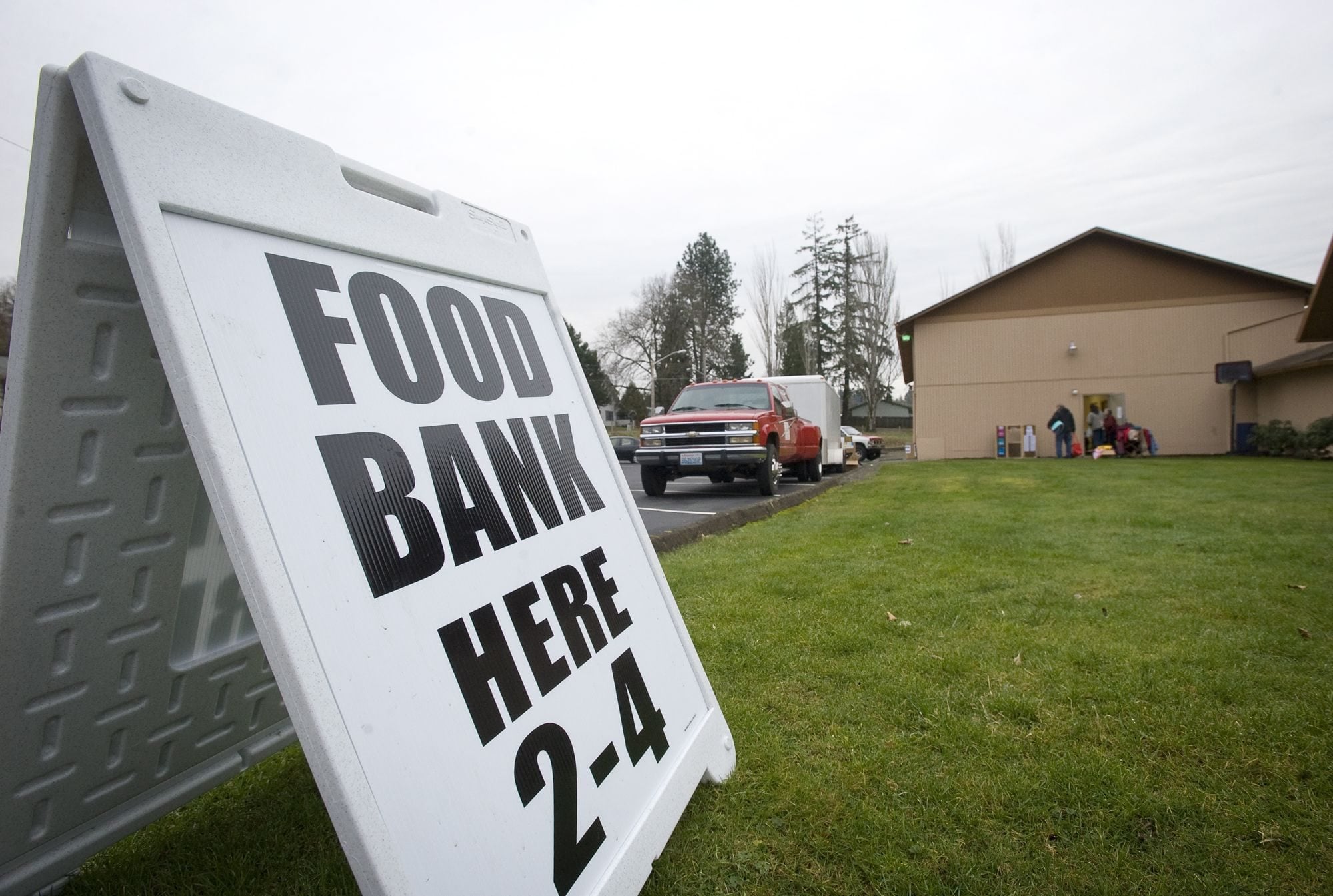The Oregon Food Bank Network, a regional supplier of food for the needy that includes the Clark County Food Bank, has set an unhappy record: More than 1 million emergency food boxes distributed in one year.
From July 2010 to June 2011, the Oregon Food Bank Network provided 1,024,000 emergency food boxes to families in need in Oregon and Southwest Washington. That’s a 12 percent increase over the previous year.
“I have never seen the demand for emergency food this high,” said Oregon Food Bank CEO Rachel Bristol. “Joblessness is taking a tremendous toll on our families. Hiring has stalled, keeping (the) unemployment rate high. Low wages and limited benefits forced even people with jobs to seek emergency food. As a result, poverty has increased significantly.”
James Fitzgerald, manager of the Clark County Food Bank warehouse, said the same holds true in Southwest Washington. Every recent year has set a record for food distribution over the year before, he said.




